Sikorsky Product History
Sikorsky S-62
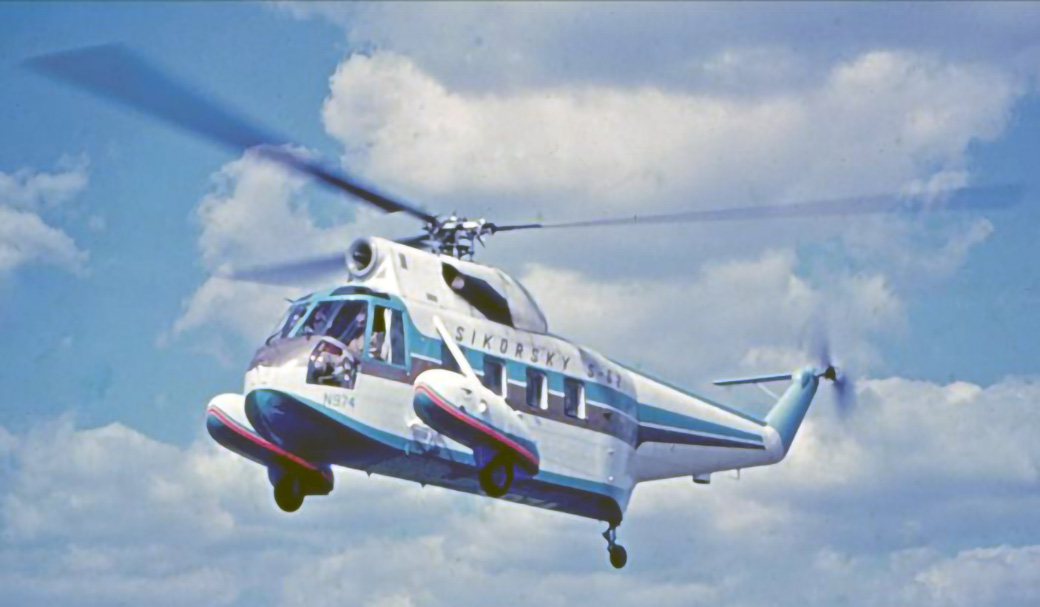
Background
On May 14, 1958 Sikorsky unveiled for its first flight the S-62 – the forerunner of an entirely new generation of production turbocopters. The S-62 was developed with Company funding on speculation with no firm orders or deposits on hand. The S-62 was the world’s first true amphibious helicopter. Equipped with a flying boat hull and powered by a single gas turbine engine (CT58-110-1 (1050 shaft horsepower (SHP) derated to 670 SHP) the S-62 operates from land, water, snow, ice, mud, swamp, and tundra. The FAA Type Certificate was issued on June 30, 1960. It was the first type to pass the new stringent regulations introduced by the FAA to govern the operation of commercial passenger carrying helicopters.
The Sikorsky model S-62 was designed using the model S-55 dynamic components. The S-55 main transmission was redesigned to reduce the rpm of the T-58-GE-8 engine to an acceptable speed. The S-55 main rotor head, main rotor blades, intermediate gearbox, tail gearbox, and tail rotor head and blades were utilized on the S-62 helicopter. This made the S-62 attractive to owners of S-55 helicopters who already had an inventory of S-55 components. It was the first FAA Certified helicopter in history to fly from the start with proven mechanical components. The S-62 entered service with extended Time Between Overhaul (TBO) intervals based on the 2 million flight hours of the S-55 instead of starting from scratch.
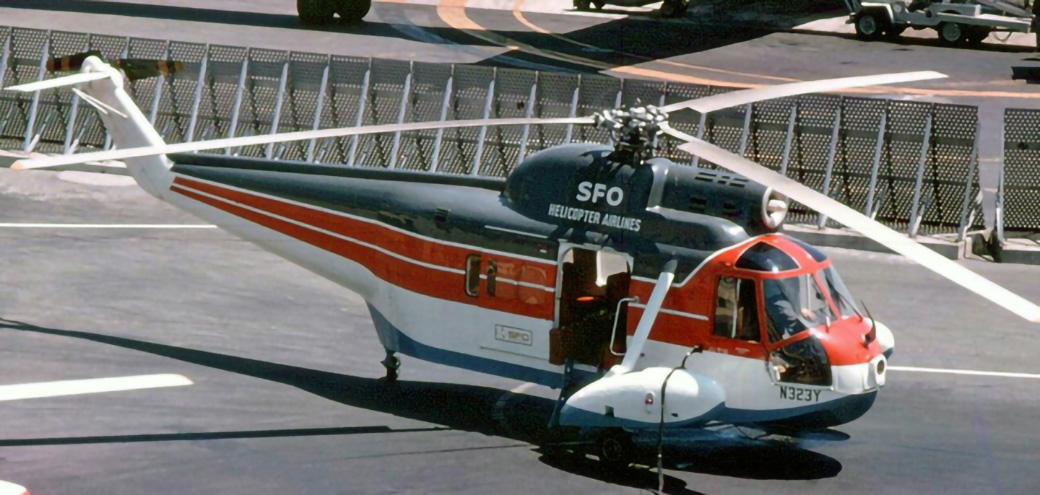
The First S-62 was delivered to Petroleum Helicopters,Lafayette, La., on July 23, 1960 San Francisco Oakland Helicopter Airways purchased 2 S-62A helicopters to gain experience with turbine helicopters while waiting for the S-61 helicopters which are much larger and were on order. The first twenty S-62A helicopters were sold to Commercial/International Customers
The S-62 was heavily marketed to the U.S. Coast Guard. The Coast Guard was operating a Fleet of HH-19G (S-55) helicopters at the time and the S-62 was a logical follow-on helicopter with its amphibious capabilities and a Gas Turbine engine. To facilitate the decision Sikorsky agreed to fund a Coast Guard test of the new helicopter. LCDR Frank Shelly USCG, a graduate of the Navy Test Pilot School, was selected as the Project Pilot. The testing was conducted at the Naval Air Test Center, Patuxent River, Md. LCDR Shelly worked closely with Sikorsky in the initial and test phases of the HH-52A. He designed and set up the test program. It consisted of Coast Guard operational requirements, the verification of Sikorsky’s performance claims, and anticipated maintenance requirements. The helicopter performed well and the Coast Guard signed on. Its new aircraft was named the Seaguard.
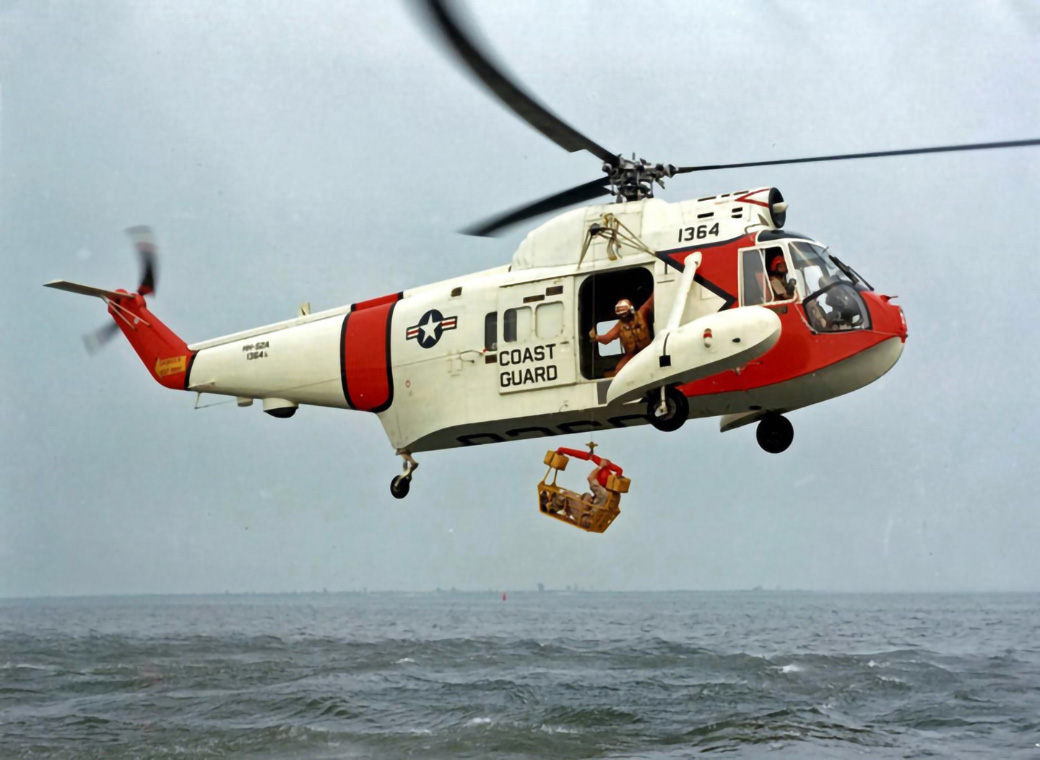
The Coast Guard HH-52A (S-62C) differed from the Commercial S-62A in that a three channel (Pitch, Roll, and Yaw but No Altitude Hold) Automatic Stabilization Equipment (ASE) was installed similar to the system installed in the Navy SH-3A (S-61). An upgraded engine was installed (T58-GE-8, 1250 SHP derated to 730 SHP), the same engine used on the Navy SH-3A helicopter.Other Coast Guard additions included a hydraulic rescue hoist, rescue basket, and a sea rescue platform which allows recovery of victims on the water by sliding them into the cabin
Configuration Features
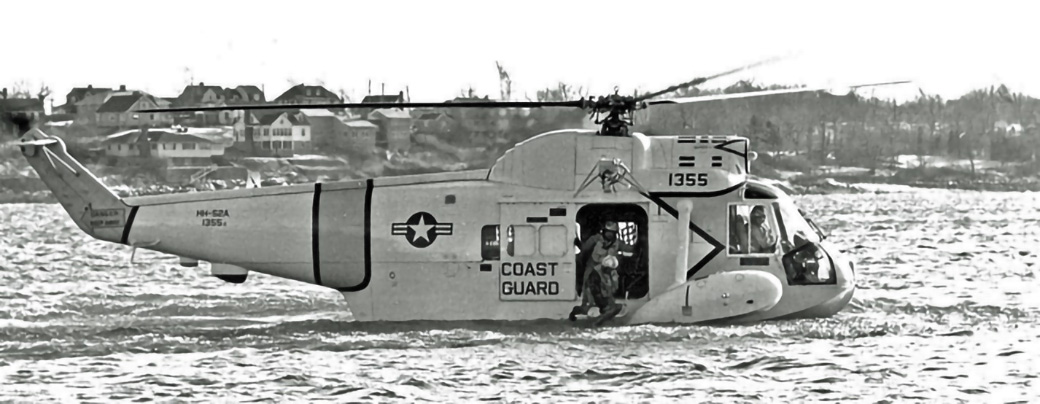
The first of 99 Coast Guard HH-52A helicopters was delivered on January 15, 1963 and the last delivered on January 17, 1969. During 25 years in Coast Guard service, the HH-52A rescued over 15,000 persons, giving it the honor of rescuing more persons than any other helicopter model in the world at that time
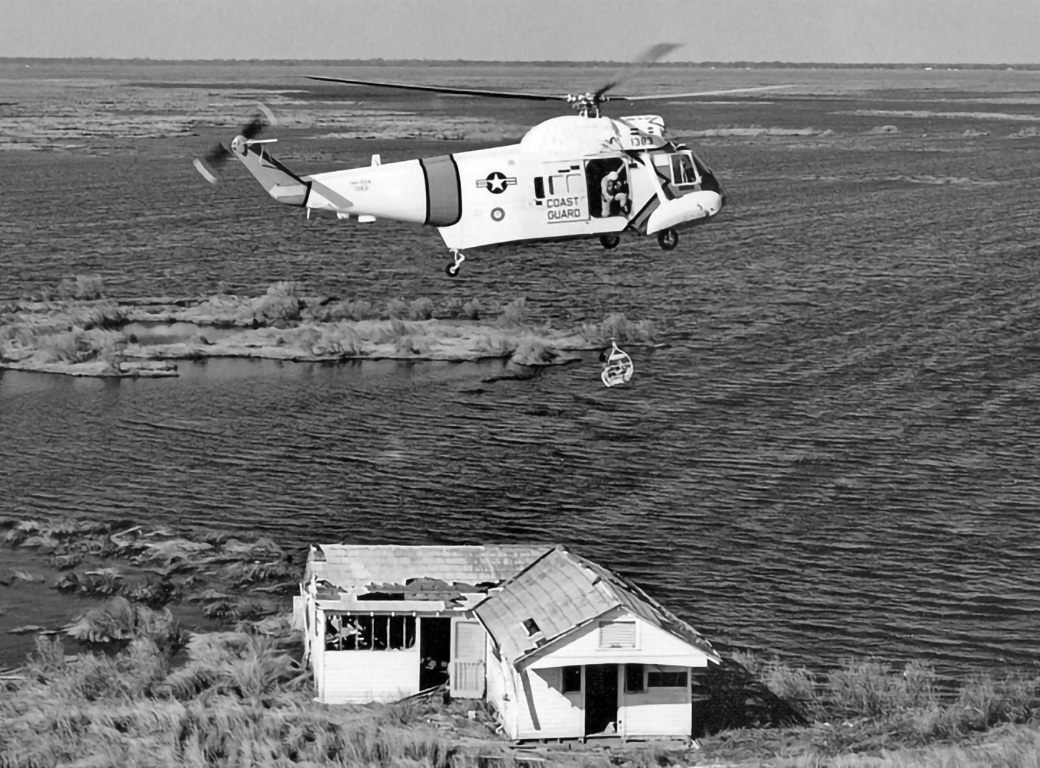
Configuration Features
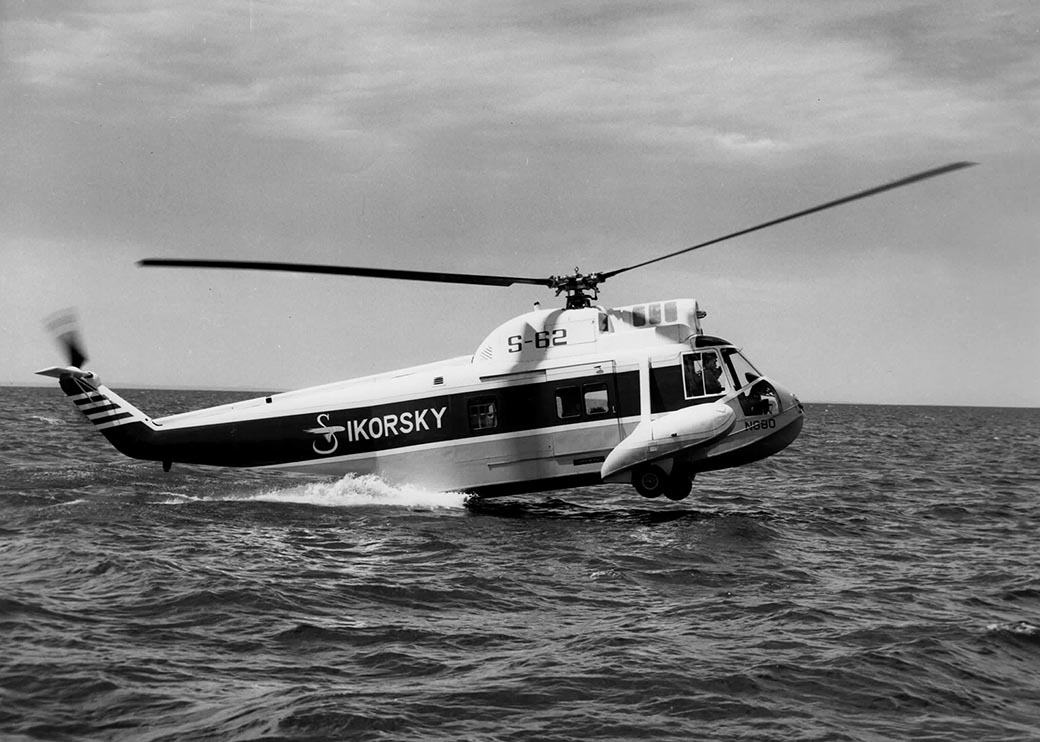
The configuration features of the S-62 helicopter include a boat hull allowing water landings in an emergency or to recover helpless victims from the water. It also featured a gas turbine engine which was considerably lighter than the piston engine utilized in the S-55 helicopter.
General Arrangement Drawing (3 View)
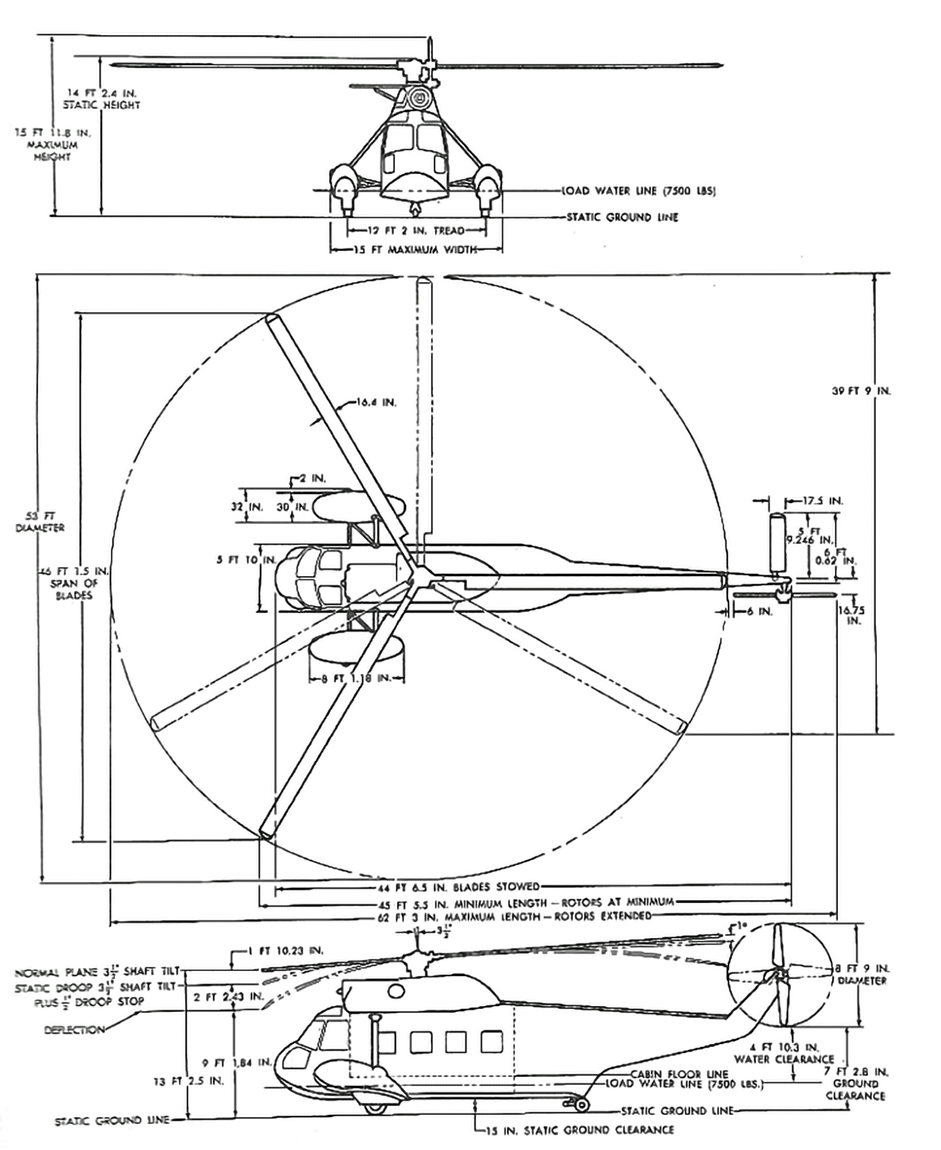
General Characteristics and Performance
| Performance Standard Day At Sea Level | |
|---|---|
| Maximum Speed (Vne) | 195 knots / 109 mph / 175 km/h |
| Normal Cruise Speed | 85 knots / 98 mph / 158 km/h |
| Range | 400 nmi / 450 mi, 741 km |
| Service Ceiling | 11,200 ft / 3,410 m |
| Rate of Climb | 1,080 ft/min / 5.5 m/s |
| Weights | |
|---|---|
| Maximum Gross Weight | 8,300 lb / 3,765 kg |
| Empty Weight | 5,083 lb / 2,306 kg |
| Useful Load | 3,017 lb / 1,386 kg |
| General Data | |
|---|---|
| Crew Seating Capacity | 3 |
| Powerplant Ratings Standard Day at Sea Level | |
|---|---|
| General Electric T-58-GE-8 Turboshaft | 1,250 shp / 919 kW derated to 730 shp / 553 kW |
| No. of Engines | 1 |
| Aircraft Dimensions | |
|---|---|
| Length | 44 ft 7 in / 13.59 m |
| Rotor Diameter | 53 ft / 16.16 m |
| Height | 16 ft / 4.88 m |
| Disc Area | 2,206 ft² / 205 m² |
Production History
Of the 151 S-62 helicopters built 99 were purchased by the U.S.Coast Guard and the remaining 52 were purchased by U.S. and International customers. Mitsubishi Heavy Industries built a number of S-62J helicopters under a license from Sikorsky.
The last Coast Guard HH-52A flight was on September 12, 1989. Seventeen HH-52A helicopters are located at Air Museums in the U.S. As of May 2011, five S-62 helicopters appear in the FAA Registry
Related Models
The S-62 was a follow on model to the S-55 and shared common dynamic components.
The S-62 was also the forerunner of Sikorsky’s New Generation of Turbine-powered Helicopters.
Although its production aircraft were powered by piston engines during the 1940s and 50s, Sikorsky Aircraft was preparing for the transition to gas turbine engines. Sikorsky engineers first began considering the potential of such power plants in the 1940s even though no gas turbine engines suitable for helicopters were available then.
In 1951, a Sikorsky proposal to the U.S. Army for a turbine powered helicopter was accepted, and the company built the YH-28B (S-52-5), a modification of the S-52. Powered by the Turbomeca Artouste I, the first flight was July 24, 1953. Only one was built.
A further modification of the YH-18B resulted in the S-59, designated the YH-39 by the Army. Again powered by the Artouste II turbine engine. The S-59 set a world helicopter speed record of 156 miles an hour August 26, 19545, and a helicopter altitude record of 24,522 feet October 17, 1954. Only two aircraft were built.
Sikorsky’s next experience with gas turbine engines was a flying test bed modification of the S-58, designated the HSS-1F by the Navy. The piston engine in the nose of the S-58 was replaced by two GE-T58 engines. Starting with a first flight January 30, 1957 and continuing for two years, extensive tests were conducted with much valuable experience gained.
On May 14, 1958, Sikorsky unveiled for its first flight the S-62- the forerunner of an entirely new generation of production turbocopters.
At the time the next turbine powered helicopters that followed were the S-61, S-64, and S-65.
- by Vinny Devine
Related Articles
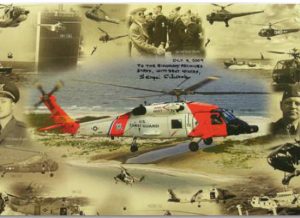
Sikorsky Serves the Coast Guard
A flight demonstration of Igor Sikorsky’s VS-300A helicopter at Bridgeport, Connecticut in April 1942 started an air-sea rescue revolution in the U.S. Coast Guard.
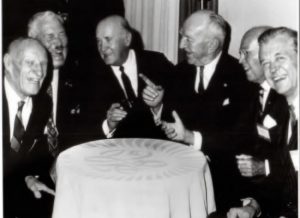
Predictions of a Pioneer
Igor Sikorsky’s predictions for air travel in general and for helicopters in particular have been largely realized or surpassed.
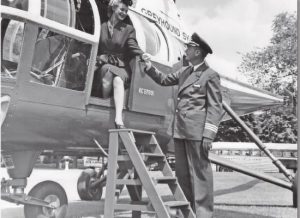
Sikorsky Helicopters in Airline Service
Early in the evolution of Sikorsky helicopters, Igor Sikorsky and his team envisioned scheduled passenger flights serving major cities.
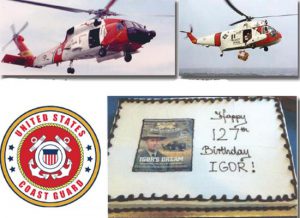
U.S. Coast Guard and Sikorsky Celebrate Significant Events
The United States Coast Guard and Sikorsky Aircraft celebrated two significant events in 2016. One century of United States Coast Guard aviation and the 127th birthday of Igor Sikorsky.
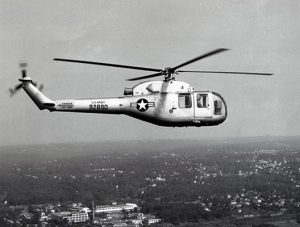
Sikorsky Aircraft in the 1960s
The decade of the 1960s gave birth to the era of Sikorsky turboshaft engine-powered helicopters.
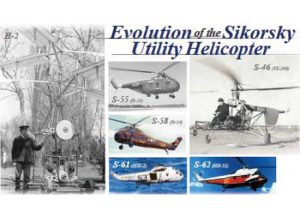
Evolution of the Sikorsky Utility Helicopter
This newsletter focuses on the evolution of Sikorsky utility helicopters.
